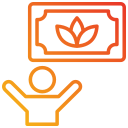The Science Behind Yoga's Mental Health Benefits
Chosen theme: The Science Behind Yoga’s Mental Health Benefits. Explore how breath, movement, and mindful attention reshape brain circuits, hormones, and daily emotions. Stay with us, subscribe, and share your experiences so we can learn together and build steadier minds, one intentional inhale at a time.
Quieting the Default Mode Network
Rumination feels sticky because the default mode network loves looping self-focused thoughts. Gentle flows and breath-led attention reduce DMN activity, making mental noise less captivating. Tell us in the comments when you first noticed your inner narrator finally turning down.
Boosting GABA and Balanced Neurotransmitters
After yoga, many people describe a grounded calm. One explanation is increased GABA, an inhibitory neurotransmitter associated with relaxation. When GABA rises, edges soften. If a particular sequence lifts your mood reliably, subscribe and share it so others can try, too.
Prefrontal–Amygdala Teamwork
Stress narrows attention and amplifies threat signals. Mindful movement strengthens prefrontal regulation over the amygdala, making it easier to notice a surge and respond skillfully. Which cue helps you most—lengthening exhale or softening the jaw? Join the discussion and compare notes.
Breath, Vagus Nerve, and the Relaxation Response
Extending your exhale nudges the vagus nerve and supports higher heart rate variability, a marker of flexible stress recovery. Try six steady breaths with longer exhale tonight, then note shifts in tension. Comment with your HRV experiments if you track them.
Breath, Vagus Nerve, and the Relaxation Response
Diaphragmatic breathing massages the abdominal organs and influences baroreceptors, signaling calm upward to the brain. In child’s pose, notice the back ribs widening. The body says, “Safe.” Save this tip and subscribe for more bite-sized, evidence-informed breath practices.
Breath, Vagus Nerve, and the Relaxation Response
During a cramped train ride, I practiced four-count inhale, six-count exhale, eyes softened toward the floor. By the third station, irritability shifted to steadiness. If you’ve found a small moment like this, share your story to encourage someone else’s difficult morning.
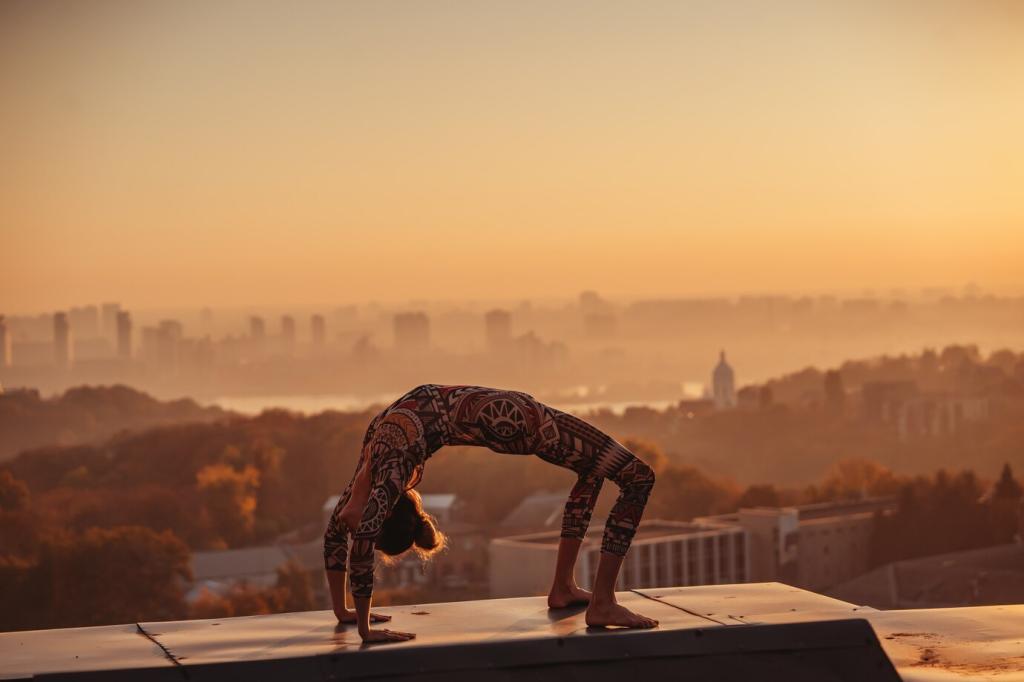
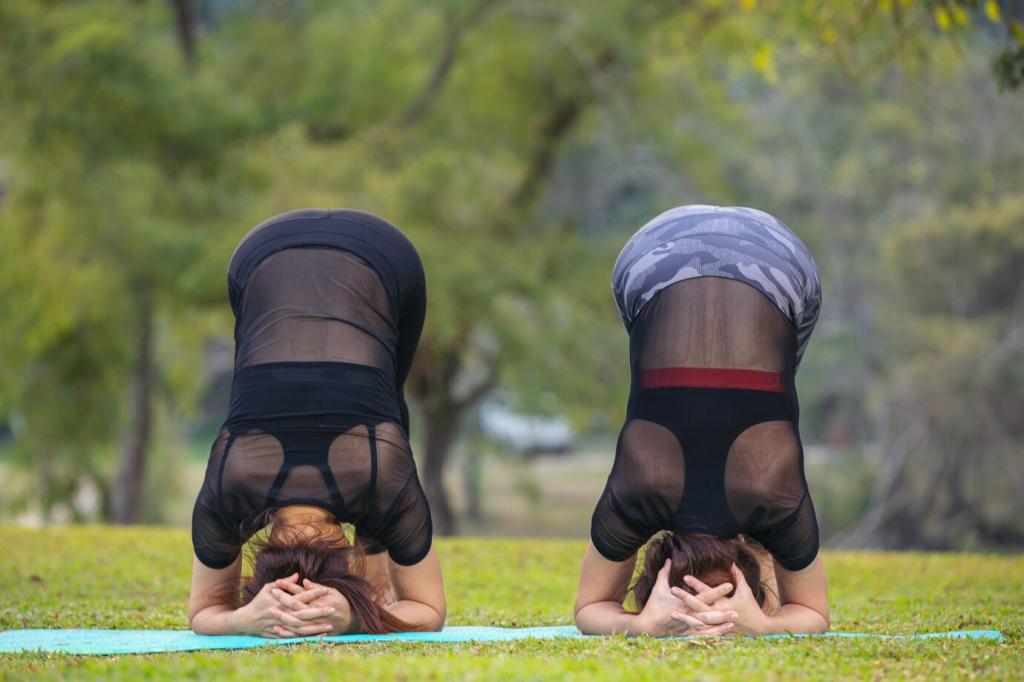
Stress Hormones and Inflammation: What Actually Changes
Chronic stress flattens cortisol’s daily rhythm, leaving you wired-tired at night and sluggish at dawn. Regular yoga helps restore a healthier slope, easing bedtime restlessness. If evenings are tough, try a short flow and report back after a week of experiments.
Stress Hormones and Inflammation: What Actually Changes
Elevated inflammation can shadow mood. Studies suggest yoga may reduce markers like IL-6 and CRP, complementing other lifestyle supports. Pair slow flows with balanced meals and sleep hygiene. Comment with your favorite recovery rituals so our community builds a practical resource list.
Evidence for Anxiety and Depression Relief
What Meta-Analyses Reveal
Across pooled trials, yoga shows small-to-moderate improvements for anxiety and depressive symptoms, comparable to other behavioral strategies. Practices emphasizing breath and mindfulness often perform best. Curious which elements matter most to you? Vote in our poll and share your personal results.
Inside a Randomized Trial
One study compared breath-centered yoga to standard education for anxious adults; the yoga group reported greater symptom reduction and improved calm. Not a cure-all, but a real lever. If you appreciate research breakdowns like this, subscribe for monthly plain-language summaries.
A Reader’s Turning Point
“After six weeks of gentle evening flows, I could sit through meetings without my chest tightening.” Stories like this give data a heartbeat. Add your turning point below—your details might help someone choose their first easy step tonight.
Resilience and Neuroplasticity: Training the Mind Daily
Habit Stacking with Science
Attach five minutes of breath to an existing anchor—morning coffee, lunch break, or teeth brushing. The brain loves cues and rewards. Track streaks, celebrate small wins, and invite a friend to join for accountability. Comment with your chosen anchor so others get ideas.
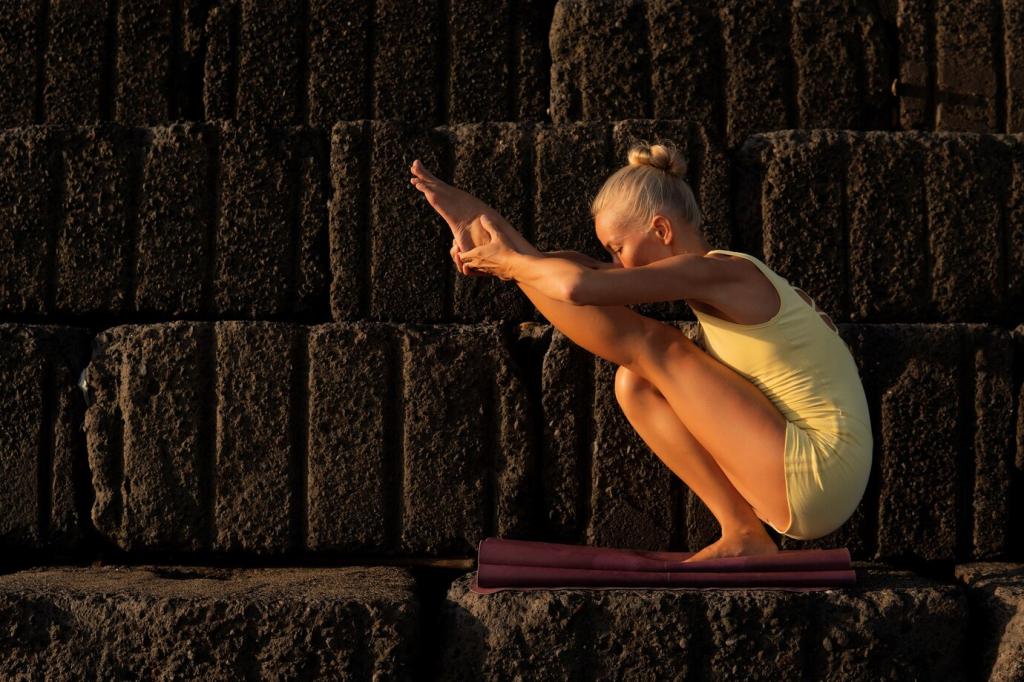
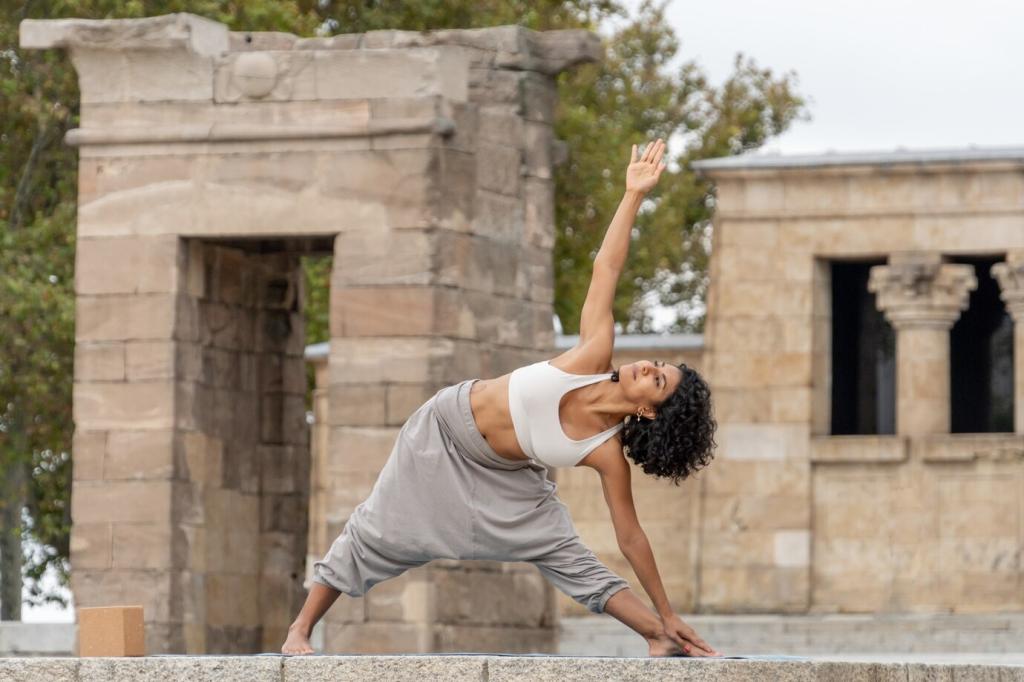
Micro-Sessions That Add Up
Two minutes of box breathing, one sun salutation, or a mindful body scan reset your trajectory. Spread micro-sessions through the day to stabilize mood. Share your favorite micro-practice below, and subscribe for our weekly “tiny protocol” you can do anywhere.
Your Science-Backed Mini Practice
Ten Minutes, Three Anchors
Start with two minutes diaphragmatic breathing, five minutes gentle flow (cat-cow, forward fold, low lunge), then three minutes seated awareness. Keep movements slow and synced to exhale emphasis. Report how your mind feels at minute ten compared with minute zero.
A Breathing Protocol You Can Trust
Try four-count inhale, six-count exhale for five rounds, then pause for a natural breath. Repeat twice. This targets vagal tone and cultivates calm. If counting stresses you, hum softly on exhale instead. Share which variation felt more supportive today.
Post-Practice Mood Check
Rate anxiety, energy, and focus from one to ten before and after. Small changes compound when repeated. Comment your numbers, and subscribe to join our monthly challenge where we track progress collectively and highlight encouragement from the community.

This is the heading
Lorem ipsum dolor sit amet, consectetur adipiscing elit. Ut elit tellus, luctus nec ullamcorper mattis, pulvinar dapibus leo.

This is the heading
Lorem ipsum dolor sit amet, consectetur adipiscing elit. Ut elit tellus, luctus nec ullamcorper mattis, pulvinar dapibus leo.
Myths vs. Facts: Keeping It Evidence-Based
Fact: Breath regulation and attention training drive many mental health benefits. Mobility helps, but nervous system tone shifts are central. Share this with a skeptical friend and invite them to try five minutes of breath before judging the whole practice.
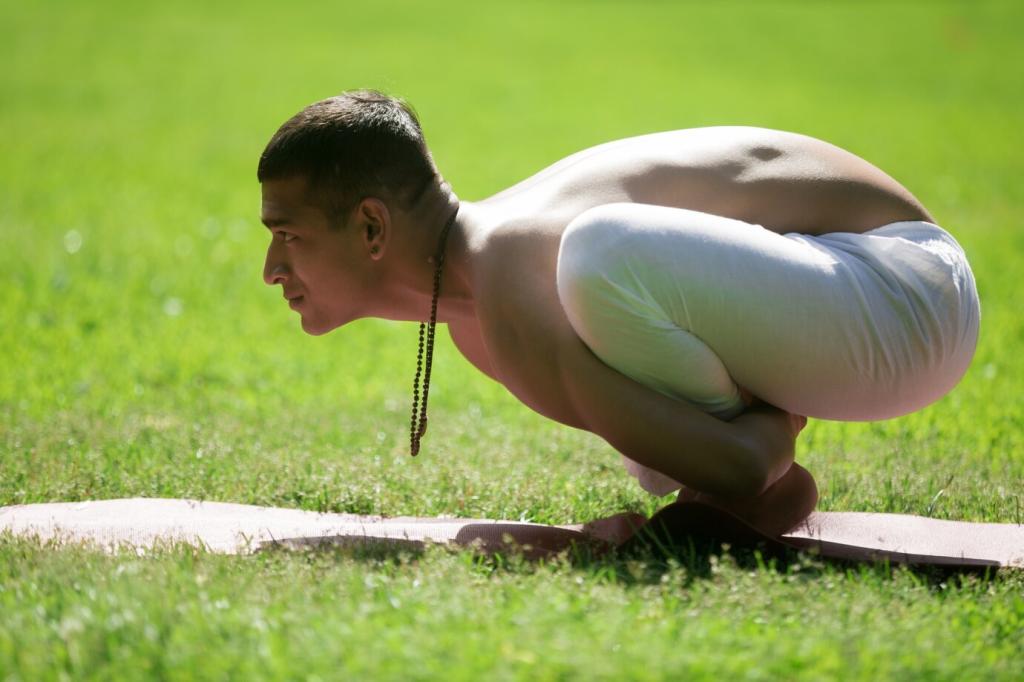
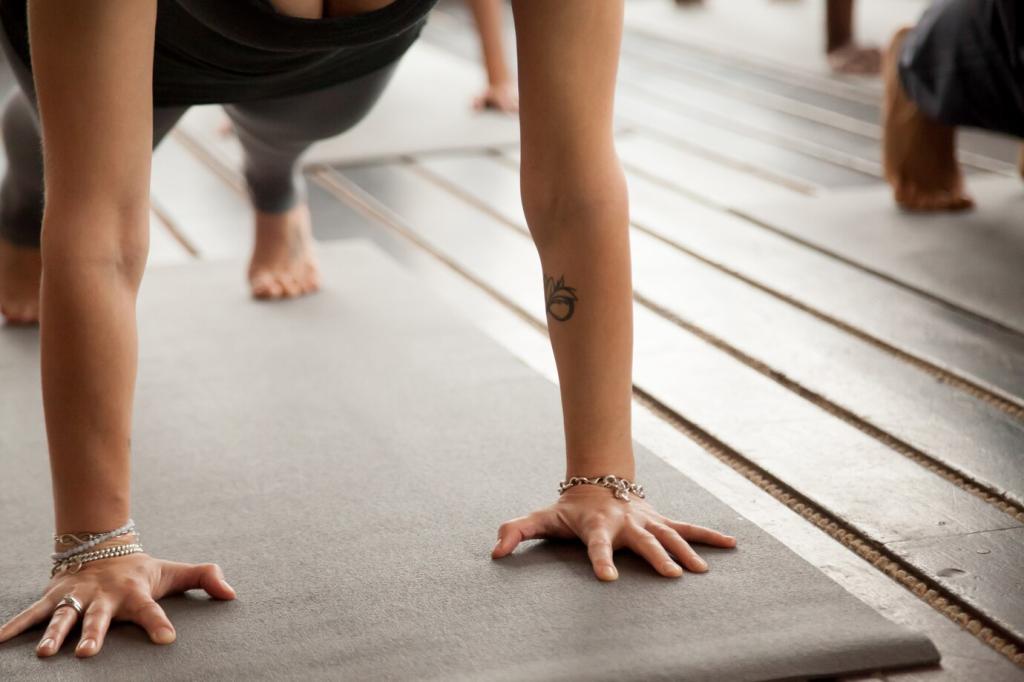
Myths vs. Facts: Keeping It Evidence-Based
Fact: Gentle, breath-led sessions often deliver outsized calm. Intensity has its place, but recovery and regulation come from pacing and presence. Comment with your most restorative, low-effort pose that reliably resets an anxious afternoon.
